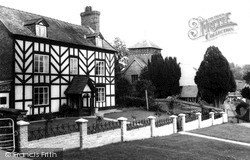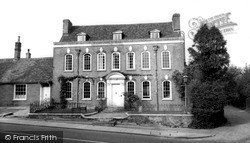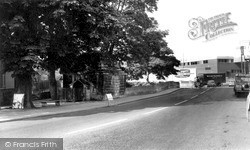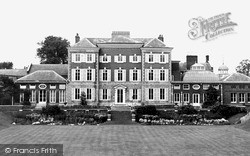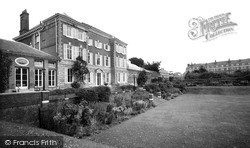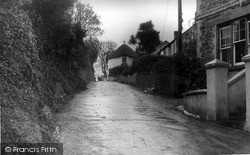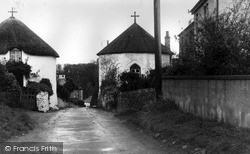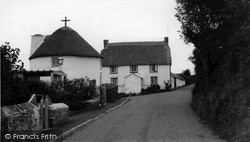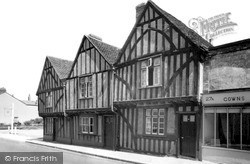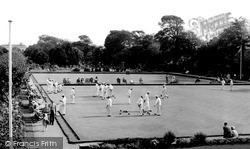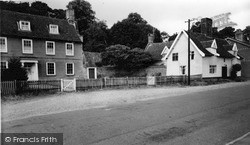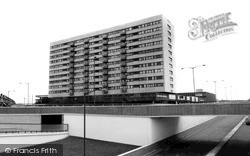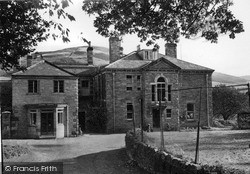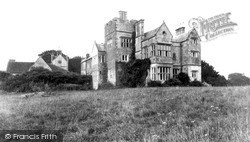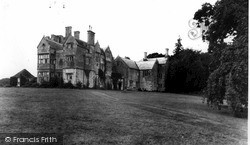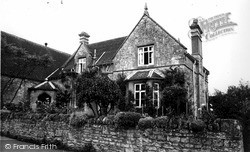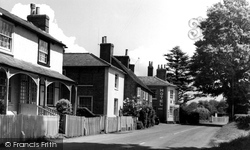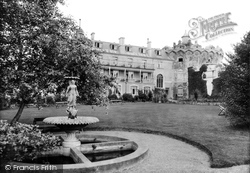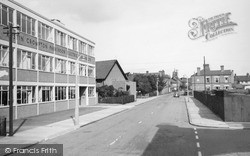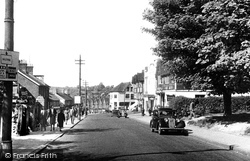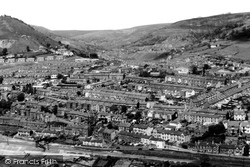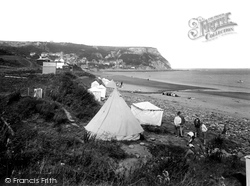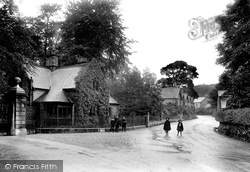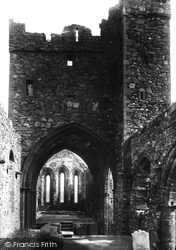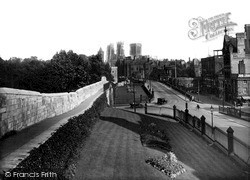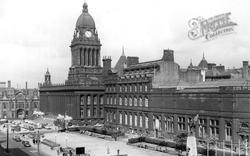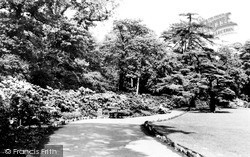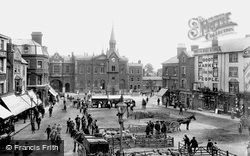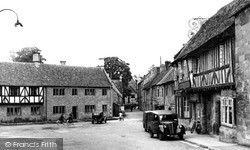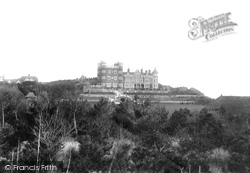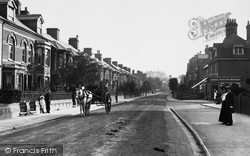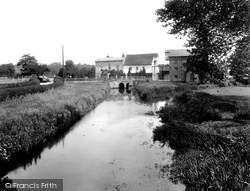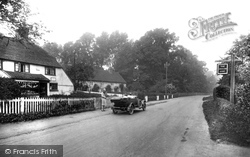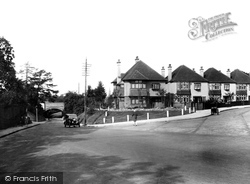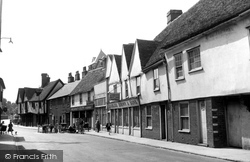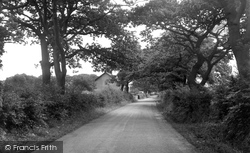Places
36 places found.
Those places high-lighted have photos. All locations may have maps, books and memories.
- Chatsworth House, Derbyshire
- Osborne House, Isle of Wight
- Brambletye House, Sussex
- Ickworth House, Suffolk
- Kingston Lacy House, Dorset
- Boscobel House, Shropshire
- Preshute House, Wiltshire
- Bolton Houses, Lancashire
- Brick Houses, Yorkshire
- Quaking Houses, Durham
- Water Houses, Yorkshire
- Bottom House, Staffordshire
- New House, Kent
- Mite Houses, Cumbria
- Lyneham House, Devon
- Church Houses, Yorkshire
- Dye House, Northumberland
- Spittal Houses, Yorkshire
- Street Houses, Yorkshire
- Tow House, Northumberland
- Halfway House, Shropshire
- Halfway Houses, Kent
- High Houses, Essex
- Flush House, Yorkshire
- White House, Suffolk
- Wood House, Lancashire
- Bank Houses, Lancashire
- Lower House, Cheshire
- Marsh Houses, Lancashire
- Chapel House, Lancashire
- Close House, Durham
- Guard House, Yorkshire
- Hundle Houses, Lincolnshire
- Hundred House, Powys
- Thorley Houses, Hertfordshire
- School House, Dorset
Photos
6,747 photos found. Showing results 4,141 to 4,160.
Maps
370 maps found.
Books
Sorry, no books were found that related to your search.
Memories
10,363 memories found. Showing results 2,071 to 2,080.
Low Bradley Farm
I lived in Low Bradley Farm in the late 60's early 70's with my dad Peter Dominey, Mam Dorothy Dominey and brother Christopher. I was only just over a year old when we moved onto the farm and left when I was 7. The farm was owned ...Read more
A memory of Medomsley by
Creekmouth Village
I was born in Creekmouth Village in 1952. The village was at the end of River Road at the confluence of the River Roding and The Thames. The village consisted (in latter years) of 50 Victorian style cottages, 2 up 2 down with ...Read more
A memory of Barking by
Mid To Late 50s Chanctonbury Burgess Hill
Born in Cuckfield hospital in 54 but have early recollections and very few photos of home in Chanctonbury Rd Burgess Hill from then until 59 when I relocated to Brighton. Went to boy's boarder later in ...Read more
A memory of Burgess Hill by
My First Home, For A Few Days
I don't remember much about Sunnyfield House, except I was born there in 1948. I knew the midwife, Nurse Garfield, who delivered me. When I came to Australia, in 1966, she sent me a homemade Christmas cake, by sea, ...Read more
A memory of Guisborough by
My Grandmother Had A Boarding House
My grandmother had a boarding house on Grand Parade on Hayling Island through the fifties into the sixties. Our summer holidays every year were to visit her in Hayling Island with all our extended large ...Read more
A memory of Hayling Island
Newbury Way And Rayners Gardens
I'm Steve and the earliest memories are of Newbury Way, a lower half of a 2 bedroom maisonette with an open coal fire and larder including a concrete slab to keep stuff cold. I recall riding my three wheeled bike ...Read more
A memory of Northolt by
Newarthill 1950/60s Tosh And I Part 2
Like everyone else growing up in Newarthill, life wasn’t easy, as times were tough in the 50s and 60s and I suppose in many ways it is today. But back then people really had nothing, but one thing I do ...Read more
A memory of Newarthill by
Suntrap School. 1956 To 1961.
My name is Terry Hendy. I attended Suntrap school from 1956to 1961. I have very happy memories of the school and although away from home I was very well looked after and fed well. 1 saw the photo of Mr Brooks and Mr ...Read more
A memory of Ledbury by
Noddy's Shop
I moved to Elm Park in 1960 when I was 4 years old with my mum and dad, from Hackney, East London. My dad owned and ran the Newsagents in Station Parade and we lived in the flat above the shop. I remember it was next to the green ...Read more
A memory of Elm Park by
Driftbridge Stables
I was too young in the 1950’s to use the Hotel and pub but I learnt to ride at the Driftbridge Stables, that used the land, stables and coach houses from when the hotel had been a Coaching Inn. Having learnt to ride on Nutmeg, ...Read more
A memory of Drift Bridge by
Your search returned a large number of results. Please try to refine your search further.
Captions
6,914 captions found. Showing results 4,969 to 4,992.
Beyond is a genuine 16th-century hall house with jettied cross wings.
We are looking towards the Red Lion, an early 19th-century public house with attractive bay windows.
The Redcliffe had a hydropathic plunge bath on the seaward side of the building, connected to the house by a subway that filled with seawater at high tide.
As Alpha House, it remains little changed, along with its close neighbour, St Mary's Roman Catholic Church.
TODAY IT IS still possible to see some vestiges of buildings that were known to those who lived through the English Civil War almost 400 years ago; one example is Pennies, a half-timbered house
Note the congested, terraced housing typical of communities like this, which developed in the 19th century wherever industry took hold.
In the cliff that housed the mine there was a cave, Hob Holes: legend had it that a hob man, or goblin, lived there, who could cure whooping cough.
Standing by the gatehouse to the 'Big House'—Holker Hall—these four schoolchildren from Holker pose for the camera on a wet day.
The crypt of St German's used to house the bishop's prison, where those found guilty by the ecclesiastical court were imprisoned. The bishop's prison was last used in 1780.
The Post Office, here with advertising signs for Senior Service cigarettes fixed to the shopfront, is now a house.
In the early years of the 19th century, there were only 93 houses in the town.
On the left, where the road sweeps round the corner, is the toll house for Lendal Bridge, built in 1863; it is now used as a teashop. The tram lines are plainly visible.
However, the Labour group on the council objected, as they did also to the proposed sale of council houses.
The first house known to have been built here belonged to Thomas, Lord Darcy, who was executed for his involvement in the Yorkshire uprising against the Dissolution.
Until 1866 there was a Market House and other buildings in the foreground, which were all swept away to re-open this part of the market place.
The half-timbered house on the right dates from Tudor times. Note how the timber work on the first floor projects, or jetties, from the ground floor stonework.
It had its own granary, and on the right we can see part of the miller's house, a very substantial building, so he must have been doing well.
The house was built in 1866-1905 by Sir Cuthbert Quilter, MP and stockbroker. Here we see the construction still under way.
On the left the baker is delivering to No 46, one of the many decorative terraced houses in the road.
The early 19th-century Mill House has a two-storey central window. The bridge over the tailrace, partly built in hachestone, has rails and posts inscribed 'A Barnes Woodbridge 1901'.
Brownlow Cottage (left), surrounded by its white picket fence, housed the village store and post office, its windows graced with enamel lettering signs advertising Fry's chocolate and cocoa.
On the right are some of the new detached houses which backed onto the railway at the start of Upper Mulgrave Road.
The timber-framed building close to the bridge is known as the Old Siege House.
In this still mainly rural area, names redolent of the country abound: Pewter House Fold, Smalley Fold, Hubbersty Fold (like 'booth', 'fold' means a cowhouse or animal pen).
Places (80)
Photos (6747)
Memories (10363)
Books (0)
Maps (370)



